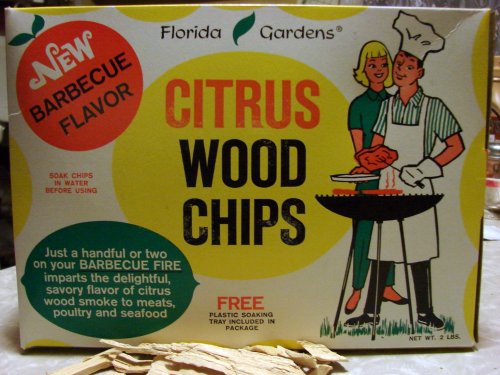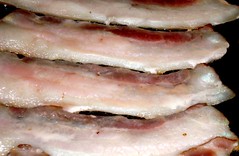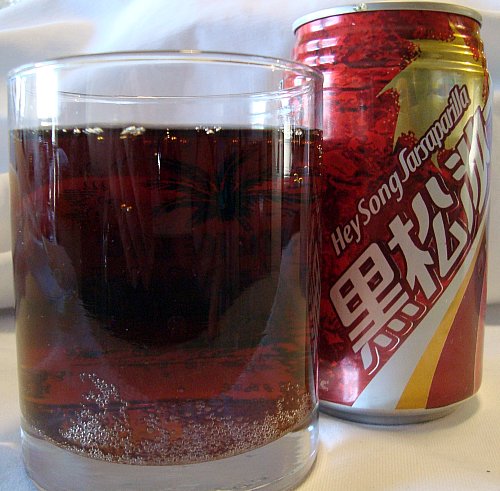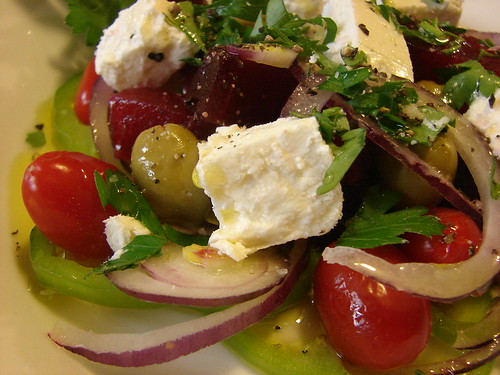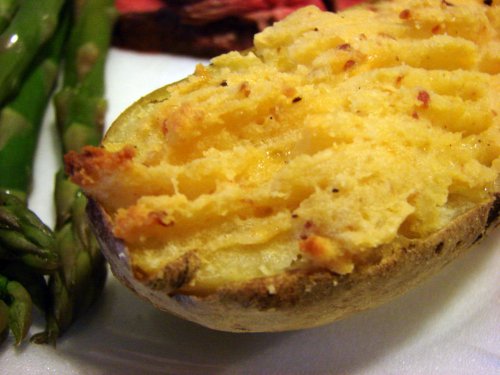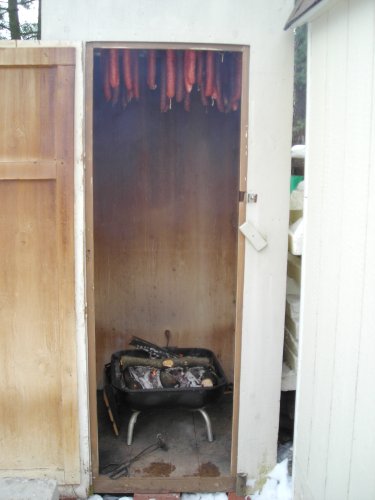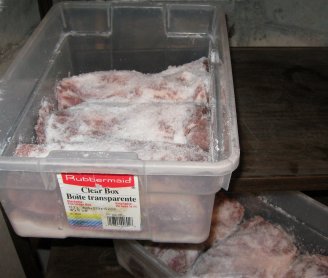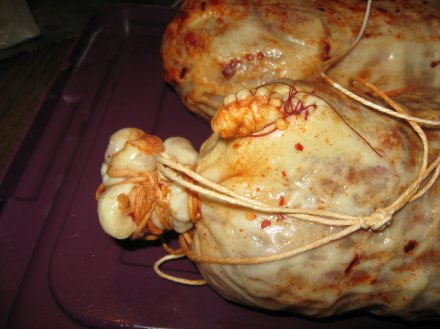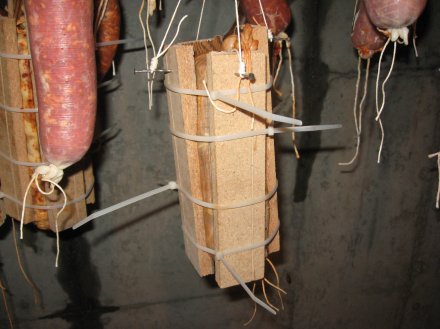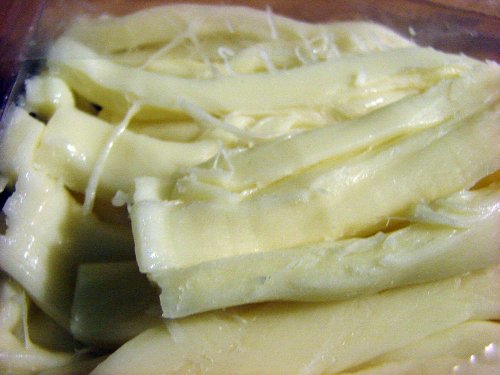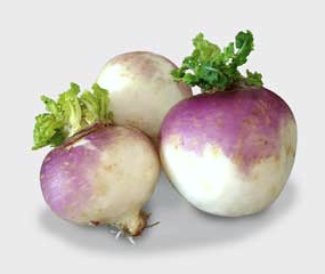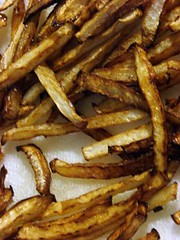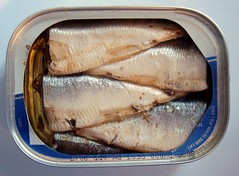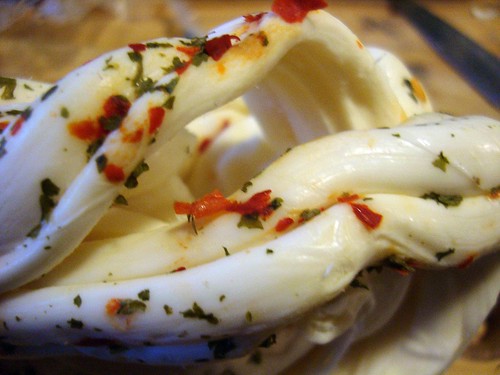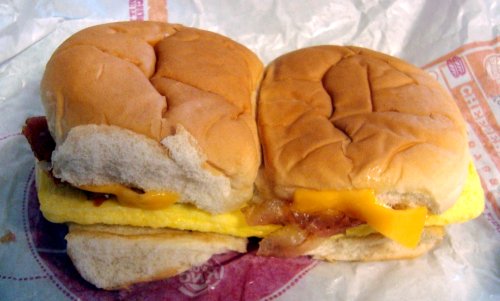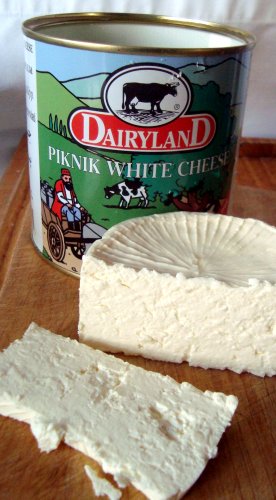 Weary of slicing my homemade bacon and other deli-style meats by hand, and disgusted by shoddy and underpowered junk slicers commonly sold in department stores, I began shopping for a commercial-quality slicer last week. I compared features and prices at several different restaurant supply houses before deciding to take a look at outdoor sports outfitter Cabela's. Their top-of-the-line slicer, at $499, is an excellent choice for my home needs (slicing roasts and cold cuts for sandwiches and slicing 20 pounds of bacon at a time for vacuum packing and freezing) It's a restaurant-quality slicer at a retail price at least $200 less than what the local commercial supply houses are asking for comparable machines.
Weary of slicing my homemade bacon and other deli-style meats by hand, and disgusted by shoddy and underpowered junk slicers commonly sold in department stores, I began shopping for a commercial-quality slicer last week. I compared features and prices at several different restaurant supply houses before deciding to take a look at outdoor sports outfitter Cabela's. Their top-of-the-line slicer, at $499, is an excellent choice for my home needs (slicing roasts and cold cuts for sandwiches and slicing 20 pounds of bacon at a time for vacuum packing and freezing) It's a restaurant-quality slicer at a retail price at least $200 less than what the local commercial supply houses are asking for comparable machines.With a powerful 1/3 horsepower motor and a heavy, forged (not stamped) 11-inch blade, the Cabela's slicer had the muscle needed to smoothly cut right through the meats without binding or tearing. The slicing platform glides effortlessly without sticking or binding, which is a real problem with the plastic-bodied junk slicers I've wasted money on from the department store. And the dial-operated thickness adjustment allows slicing from paper-thin to 3/4-inch thick.
I'm very pleased with this slicer; it's the best one I've ever owned, and I've had several, ranging from light-duty home slicers to a heavy, semi-professional model that sliced cleanly but had problems with the sliding platform sticking and jamming.
The most common complaint from Cabela's customers about this slicer is the time-consuming nature of cleanup. I can't deny that. To thoroughly clean and sanitize the slicer, it needs to be disassembled, cleaned well, and put back together. There's no easy way to do it, and you'll need a pair of cut-resistant Kevlar gloves when handling the quite heavy and razor-sharp circular blade. But the thing is, every large slicer is the same way. I bought this one fully aware of the tedious cleanup because I plan to use it for large-scale slicing jobs: processing a smokehouse full of bacon, or slicing a week's worth of deli meats and cheeses, and so on. When used that way, the clean up is just another chore associated with a larger chore. I'm not going to slice a roast beef for dinner with this slicer. That's why I have sharp kitchen knives, and anyway slicing a dinner roast isn't what the Cabela's slicer is designed to do.
Design Flaws
In using the slicer, I've found several design flaws. They are easily worked around, but they are flaws nonetheless, and it would be nice to see them corrected in future models of the slicer:
Flaw 1: Unnecessary holes in the housing. Right under the meat carriage that slides back and forth in front of the blade, there are two holes in the housing that allow meat juices to drip into the interior of the unit. The inside is nearly impossible to clean, and it can get disgusting in there pretty quickly.
Fix: Cover the holes with small pieces of electrical tape. The tape can be replaced as needed.
Flaw 2: Poorly-designed meat deflector. Behind the blade, there is a plastic shield that screws to the chassis and closes a narrow gap between the chassis and the blade. This deflector is meant to prevent slices of meat from slipping behind the blade and getting pulled in to the blade housing, where they create a mess as the spinning blade shreds them up and spits them out randomly around the kitchen. It's not so much a problem with things like salamis and other big lunchmeats, which don't hit the deflector low enough to slip in and jam. But low-profile meats, like bacon, brisket, and plate pastrami contact the deflector right at the bottom of the blade and are prone to getting sucked in.
Fix: The best fix of all would be a redesign of the deflector so that slices are properly guided away from the blade housing. In the meantime, though, you'll need to train yourself to slice meats the way the guys at the deli do - push the slicing carriage with one hand and "catch" the slice with the other hand. It doesn't take long to get the knack, just pay attention to what you're doing and keep your fingers behind the thickness guide so they stay away from the blade.
Flaw 3: Bad screws holding the blade housing to the chassis. This is a very important safety consideration. The blade spins around surrounded by a cast aluminum housing which helps enclose and isolate the blade from accidental contact. This housing is held to the chassis by three #6 x 1/2-inch flat-head sheet metal screws. The screws are soft metal, and it doesn't take very long before they strip and allow the housing to loosen. When the housing starts jiggling around, the spinning blade is going to hit it or rub against it and there's going to be damage.
Fix: I strongly recommend that if you buy the slicer, keep an eye on those screws, especially when you disassemble the slicer for cleaning. Don't try to over-tighten them because they'll just strip out and let go, and keep a small pouch of the screws on hand in case you need to replace them (an envelope of the screws will run you about a buck at the hardware store - cheap insurance.)
Recommendations:
For overall price and performance, the 1/3 HP Cabela's Commercial-Grade Slicer is hard to beat. The design flaws I noted are easily worked around, and if you've ever struggled with a shoddy underpowered food slicer you'll appreciate this workhorse all the more. Just keep in mind that it's going to take you some time and care to clean, and you should plan your use accordingly.
Link:
Cabela's website.
.

